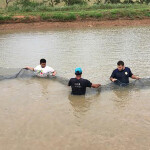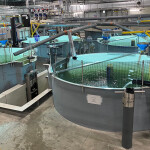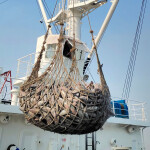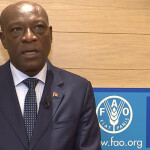New research out of an Australian university could make innovative use of waste produced by the seafood industry.
Research led by Nisa Salim from Swinburne University’s School of Engineering, supported by the government of the Australian state of Victoria, has demonstrated that high-value collagen can be produced from seafood byproducts for use in cosmetics, food, and medicines. This research has the potential to remove the need for animal-based sources of collagen, offering a potentially more ethical and sustainable alternative to the market.
Since the seafood industry already produces a great deal of waste, commercial uses for that waste could be transformative, according to Salim. Collagen is in high demand as a nutritional supplement and food additive, and it has a multitude of uses in the medical and pharmaceutical fields, where it is used for everything from dermal fillers to wound dressings. It is found in skin and hair care products, where it is touted for its ability to minimize the appearance of aging. The collagen market is predicted to grow between USD 5 billion to USD 8 billion (EUR 4.5 billion to EUR 7.2 billion) within the next five years.
“My team is offering an economical and environmentally friendly method to produce high-value collagen protein from aquaculture byproducts, opening an innovative model for reducing waste generation in fish industries," Salim said. “This approach will eliminate fish waste going to landfill and instead can be used for consumer products.”
In the U.S., ocean disposal of fish waste is legal as long as the disposal does not occur in protected waters and the waste does not include certain additives. In Australia, however, such dumping requires a permit, and some 90,000 tons of fish waste ends up in Australian landfills yearly. Fish waste and byproducts can include skin, bones, organs, shells, and scales, which when dumped in large volumes can produce changes in oxygen levels on the seafloor, as well as smother living organisms and introduce diseases and invasive species.
Salim's research team will be partnering with the End Food Waste Cooperative Research Centre to further investigate potential aquaculture industry applications for the technology.
“We have a clear plan for demonstrating our product, starting with feasibility trials and testing, small-scale production and scaling up as demand grows. We have also identified potential markets and customers for our product, including major food and cosmetic companies,” Salim said. "Our circular economy design creates a win-win situation. This can reduce waste and environmental impact, create economic opportunities and offers a sustainable and ethical alternative to animal-based collagen production.”








